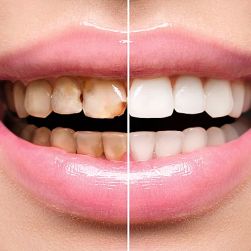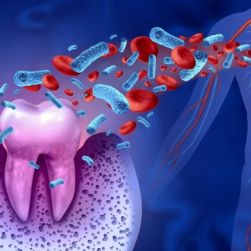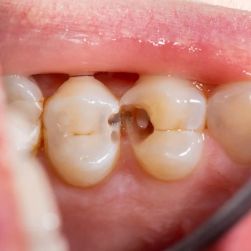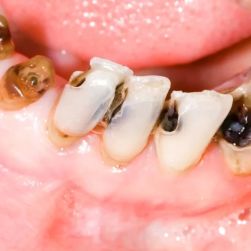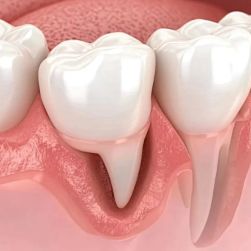How to Manage Tooth Pain from Gum Disease: Effective Relief Tips
- 1. Understanding Gum Disease and Its Connection to Tooth Pain
- 2. Common Symptoms of Tooth Pain from Gum Disease
- 3. Effective Treatment Options for Gum Disease Pain
- 4. Preventing Tooth Pain from Gum Disease
- 5. Conclusion: Finding Long-Term Relief
1. Understanding Gum Disease and Its Connection to Tooth Pain
Gum disease, also known as periodontal disease, is an infection of the gums that can cause pain, swelling, and redness. It starts with plaque buildup on the teeth, which can harden and lead to gingivitis (the mildest form of gum disease). If left untreated, gingivitis can progress to more severe forms of gum disease, leading to tooth pain and other complications. In this section, we'll explore why gum disease causes tooth pain and the importance of early detection.
2. Common Symptoms of Tooth Pain from Gum Disease
Tooth pain caused by gum disease can range from mild discomfort to severe throbbing. Common symptoms include swollen gums, bleeding while brushing, and sensitivity to hot or cold foods. The pain often worsens when the infection progresses. In this section, we'll look at how to identify the early signs of gum disease and the role tooth pain plays in these warning signs.
For instance, a study published in the Journal of Periodontology found that individuals with advanced gum disease often experience persistent tooth pain due to exposed tooth roots. This pain can be debilitating if not addressed quickly.
3. Effective Treatment Options for Gum Disease Pain
Managing tooth pain from gum disease requires a combination of at-home remedies and professional treatments. Here are some effective options:
- Saltwater Rinse: A simple saltwater rinse can help reduce inflammation and soothe sore gums. Rinse your mouth with warm saltwater for 30 seconds, twice daily, to alleviate pain.
- Topical Gels: Over-the-counter gels containing benzocaine can numb the area temporarily and offer immediate pain relief.
- Professional Treatment: A dentist can clean the affected area, removing plaque and tartar. In some cases, antibiotics may be prescribed to combat the infection.
- Root Planing and Scaling: For more severe gum disease, root planing and scaling may be necessary to remove tartar buildup below the gum line and smooth the tooth roots.
Incorporating these treatments into your daily routine can significantly reduce pain and accelerate recovery.
4. Preventing Tooth Pain from Gum Disease
Preventing gum disease from progressing is key to avoiding long-term tooth pain. Regular oral hygiene, including brushing twice a day with fluoride toothpaste and flossing daily, is essential. Additionally, visit your dentist for professional cleanings and checkups every six months. Maintaining a balanced diet rich in vitamin C can also help strengthen your gums and prevent infection.
Case study: Sarah, a 32-year-old woman, struggled with recurring gum pain for months. After a thorough cleaning and improved oral habits, including using an antimicrobial mouthwash, her symptoms improved dramatically within weeks. Sarah now schedules regular dental visits to ensure her gum health remains intact.
5. Conclusion: Finding Long-Term Relief
Managing tooth pain caused by gum disease involves understanding its root causes, recognizing the symptoms early, and seeking the right treatment. Whether through natural remedies or professional dental care, addressing gum disease promptly is crucial to avoiding further complications and ensuring lasting oral health.
If you're struggling with tooth pain from gum disease, it's time to take action. Learn more about effective gum disease treatments and how you can start feeling better today!


